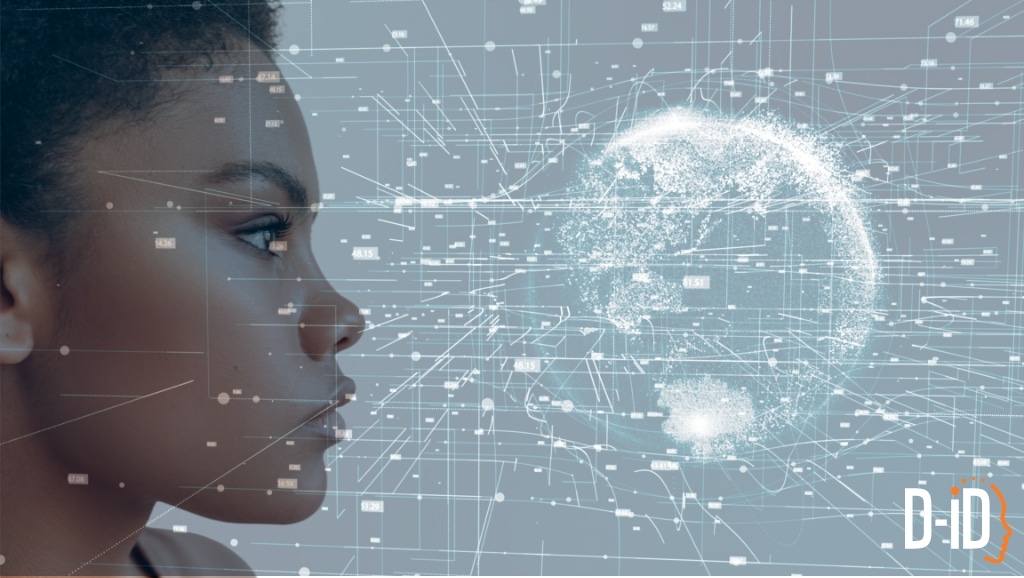Agentic AI

Virtual twin technology is being adopted by industries worldwide as a powerful way to develop, test, and optimize the design and employment of countless products and services. By Agentic AI architecture is, in many ways, what we think of when considering the future of artificial intelligence. A “traditional” AI process takes your query and gives you an answer. In comparison, an agentic AI system performs multiple, related tasks all at once – without you asking it specifically to take those steps. The result is a system that “thinks” in context by understanding what you need without you having to detail it, making artificial intelligence into something far more autonomous than simple generative AI.
What Is Agentic AI?
Agentic AI can be described as “goal-oriented”, as opposed to other agentic AI systems that focus on producing some sort of content. One way of understanding the technology is through an agentic AI vs. generative AI comparison.
Let’s take chatbots as an example, most of which are based on generative AI. To use them, you type in (for example) your travel destination and related preferences. The chatbot will provide a range of hotel and flight options from which you can choose. The content in this case is the various online offers provided by airlines and hotels that are detected and reported by the AI.
In contrast AI Agents use agentic AI. With the same prompt (as well as an option for voice communication instead of type), the Agent will be able to identify and reserve taxis, flights, hotel rooms, restaurants, and any other services set out in your preferences. It will ensure that all of these services are within the price range that you request and are scheduled logically. In this case, you have given AI the goal of arranging your trip, and it understands all the sub-tasks that are related to the goal.
How Agentic AI Works
Agentic AI is capable of autonomous decision-making and self-driven learning without constant human supervision. Let’s have a look at the concepts behind these functions.
Reinforcement Learning (RL)
AI agentic workflows that incorporate reinforcement are designed so that the technology can analyze its “environment” and make its own decisions. This is a form of machine learning where the agent determines success through a “reward”. A well-known example of RL is self-driving cars. They use visual technology to analyze their environment and receive a reward by, for instance, not hitting pylons or arriving at a destination faster than previous times. Of course, an AI system using RL starts in an environment where it can’t actually harm anything. Over time, the AI records the right ways to perform functions so that it can be used in the real world.
Goal-Oriented Action Planning (GOAP)
Within the concept of RL is GOAP. This is a process where AI receives a goal to achieve and looks at different ways of getting there. AI that uses GOAP constantly runs through a cycle of goal-potential action-planning-decision steps. Taking the example of a self-driving car, when given the goal of choosing a route, the car will:
- Potential Action: Examine all of the options that it knows about
- Planning: Figure out which route gives the best result
- Decision: Take the route
Finally, the car “learns” by monitoring traffic as it travels and changes the route if a better option arises.
Complex Interactions
Complex interactions in AI deal with the various elements that form an environment. Sophisticated AI systems must be able to analyze complex interactions if the technology is to advance beyond the simple concept of query-response and operate in the real world where the environment is unpredictable. For example, a self-driving car in a simple interaction might only have one paradigm such as start/stop. But in a complex interaction, the car would need to analyze speed, surrounding vehicles, lanes, traffic lights, and many other variables.
Key Industries for Agentic AI
The decision-making abilities of agentic AI make it ideal for industries where a user has many potential choices, with AI helping to suggest and refine options. Here are just a few areas where agentic AI is finding its most immediate applications:
Customer Support
As a form of advanced chatbot, AI platforms in the role of customer support can help resolve issues, answer questions, and route contacts to other systems and people. Businesses can also enhance this function with a human-like representative through the addition of interactive AI avatars. Customer service teams that leverage this combination will enjoy the need for fewer resources and better efficiency with Agents who never forget details or make mistakes.
Data Analysis
A major aspect of artificial intelligence is its ability not only for predictive functions but also for prescriptive data, in which AI can recommend optimal strategies for complex organizations. Together with other systems, AI can analyze many different organizational activities and describe how to improve them.
Sales Development
A lot of sales work is about choice. Salespeople need to pick the best leads and methods, while customers look at different product options, promotions, and cross-sales offers. Agentic AI can work on both sides of the equation by connecting previous successes to the range of selections that need to be made.
Marketing
Moving up the funnel, marketers often develop a wide variety of materials and events aimed at advancing product awareness and branding. Agentic AI can help organizations examine what marketing options are available, and the most productive. This can include analysis down to the level of individual prospects that enable personalized marketing campaigns.
Risks and Limitations of Agentic AI
Agentic AI represents a major leap forward in artificial intelligence, as well as a higher potential for negative consequences. A few of the delicate issues being examined by government, society, and AI developers include:
With the growth of AI, an increased level of security risk and dependency might be harmful if or when systems fail
The difficulty of connecting cause and effect when things go wrong, due to the complex nature of AI decision-making
The absence of any moral awareness, which can contribute to socially unacceptable results of AI analysis
A lack of accountability for developers; with so many “moving parts”, it can be impossible to figure out what system module is at fault
Getting Started
Creating an AI-generated persona as a virtual representative takes only a few minutes and no special skills. Find out how this process can work wonders for you by contacting us today.
Was this post useful?
Thank you for your feedback!


